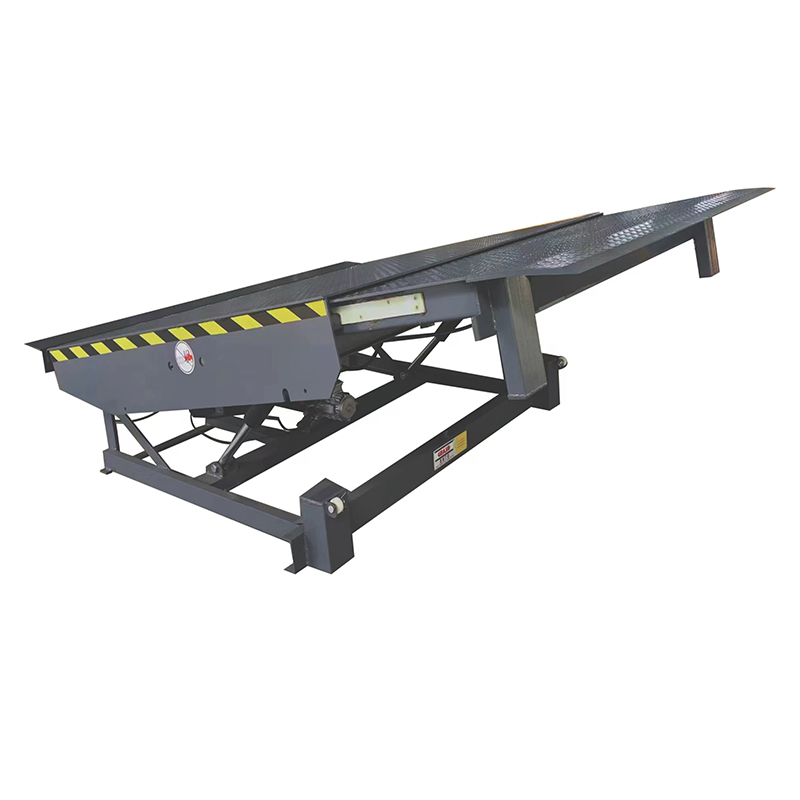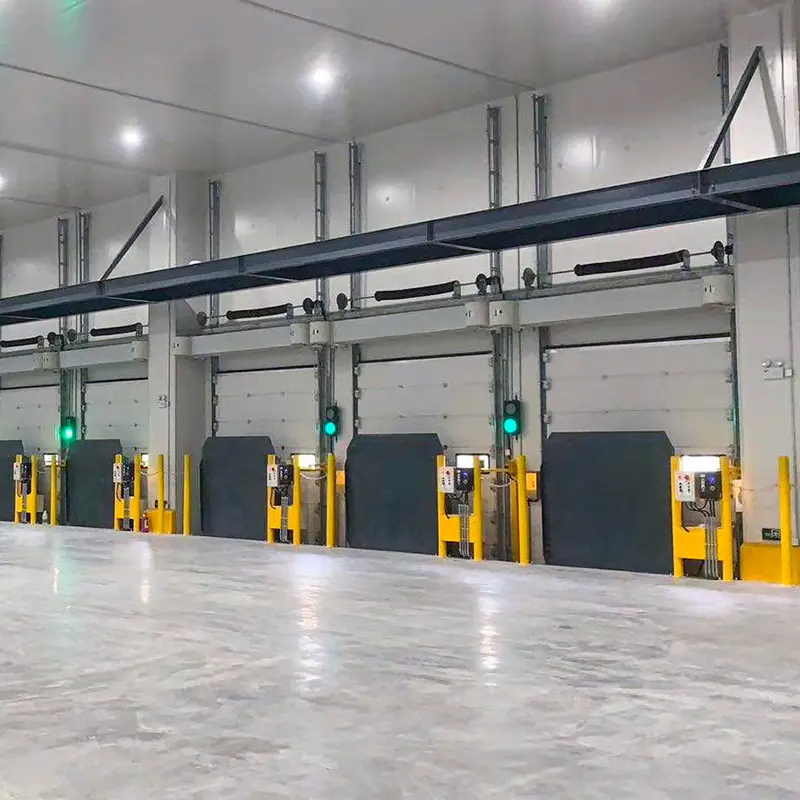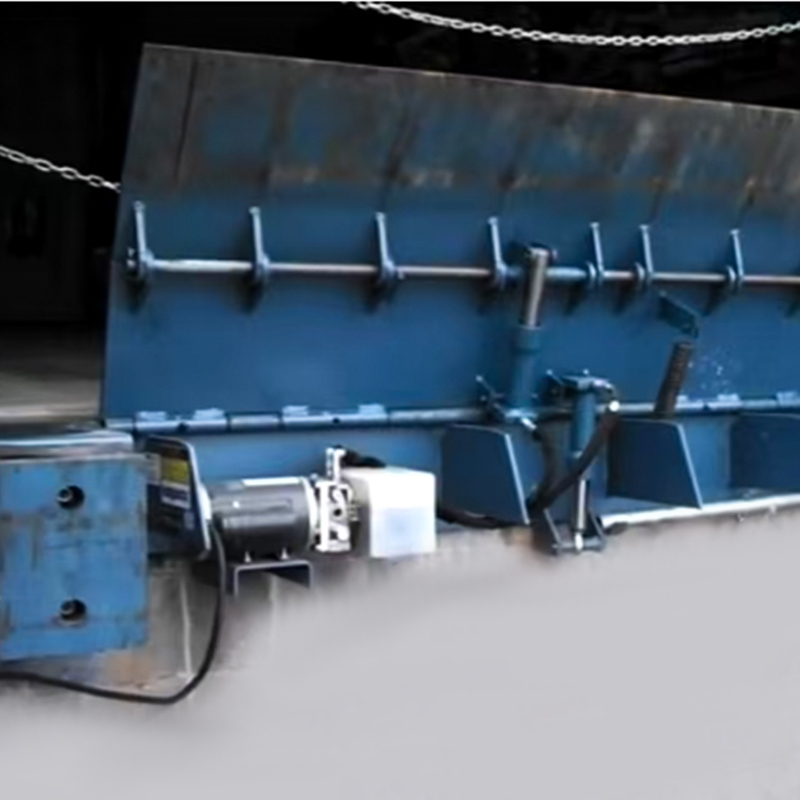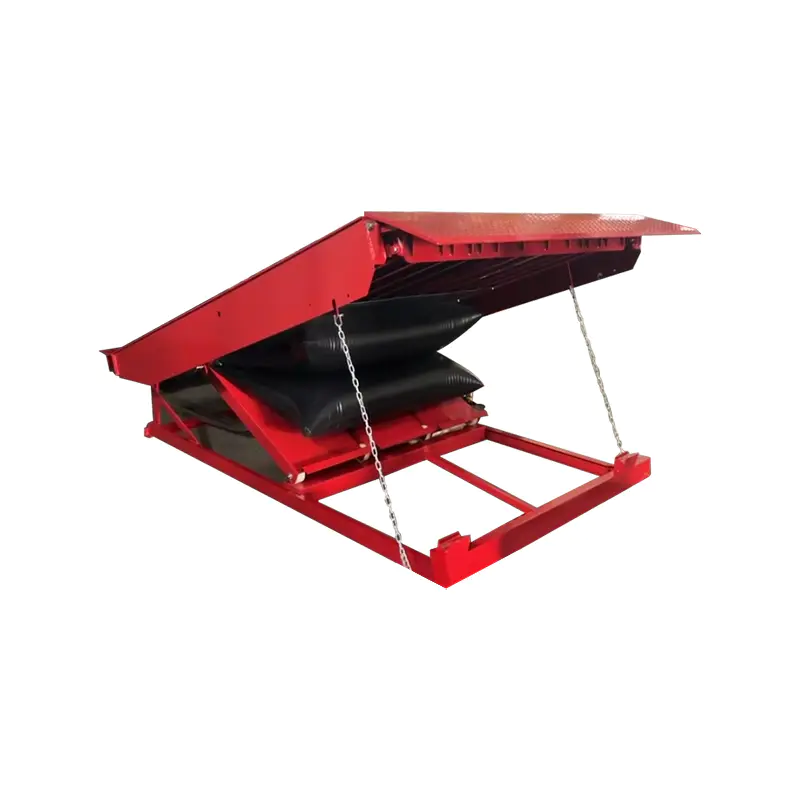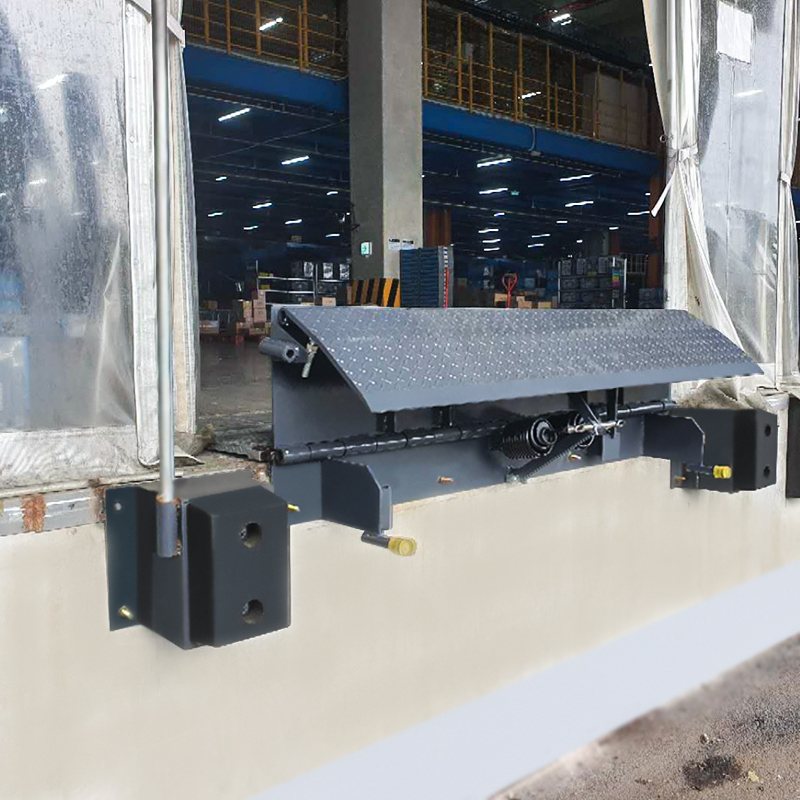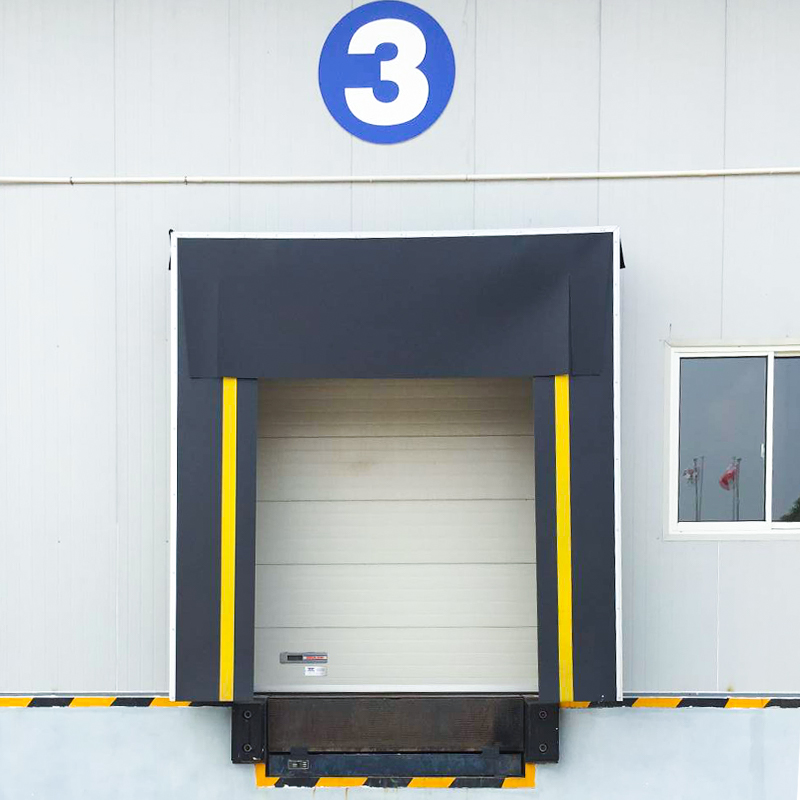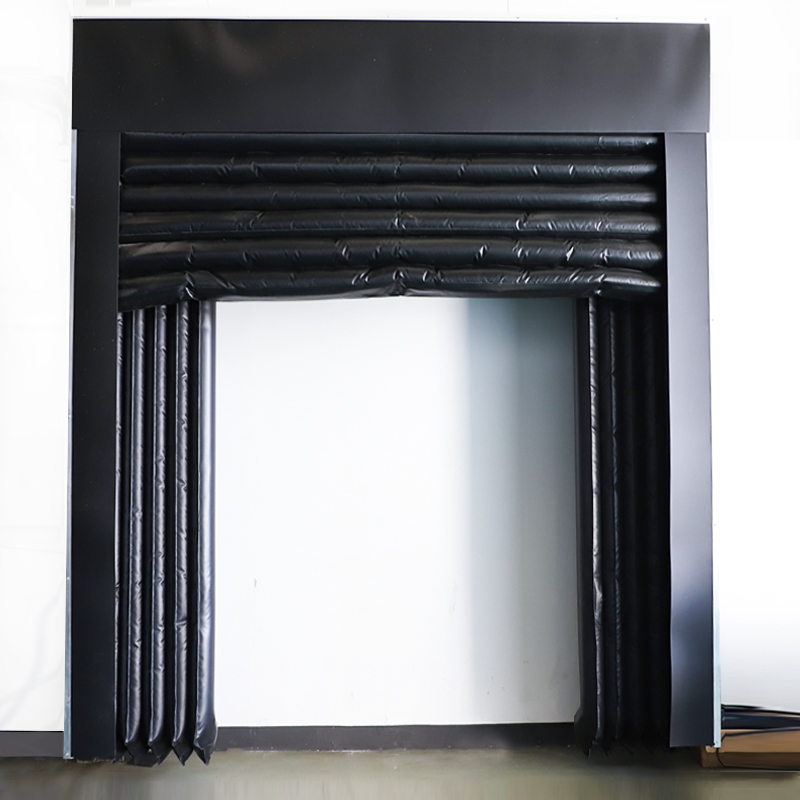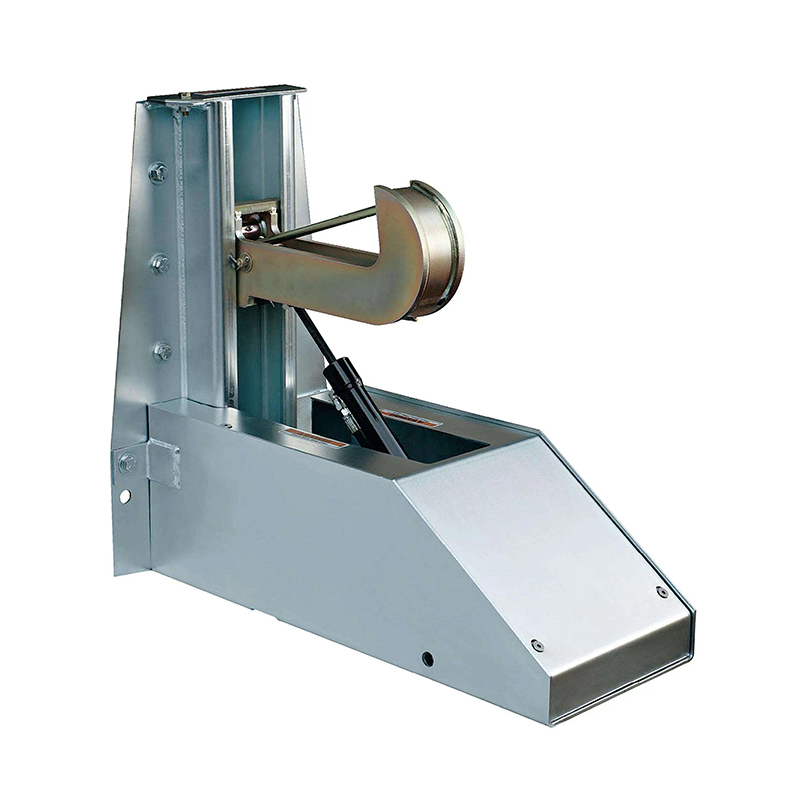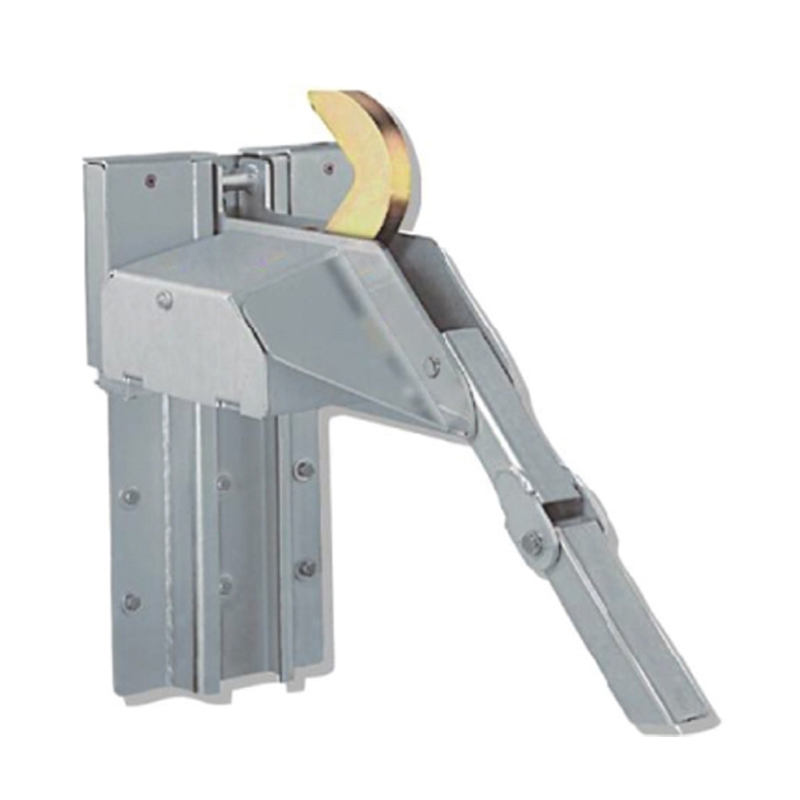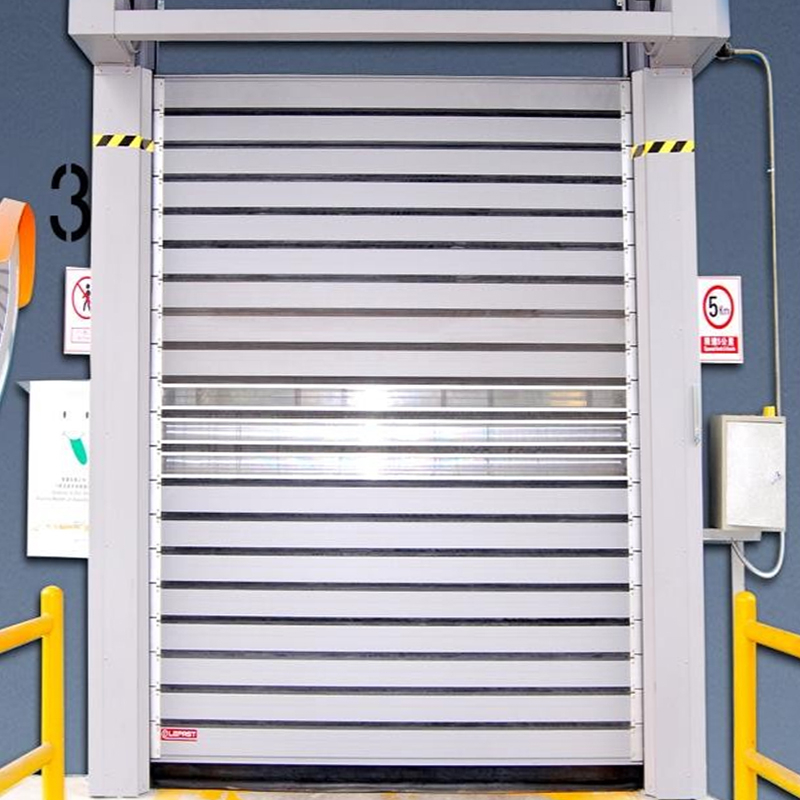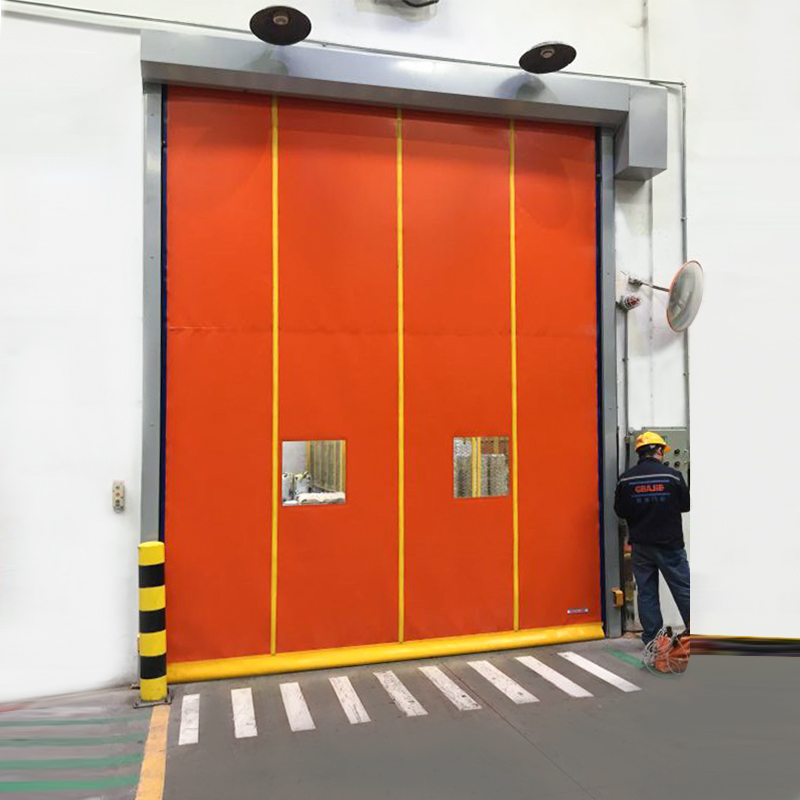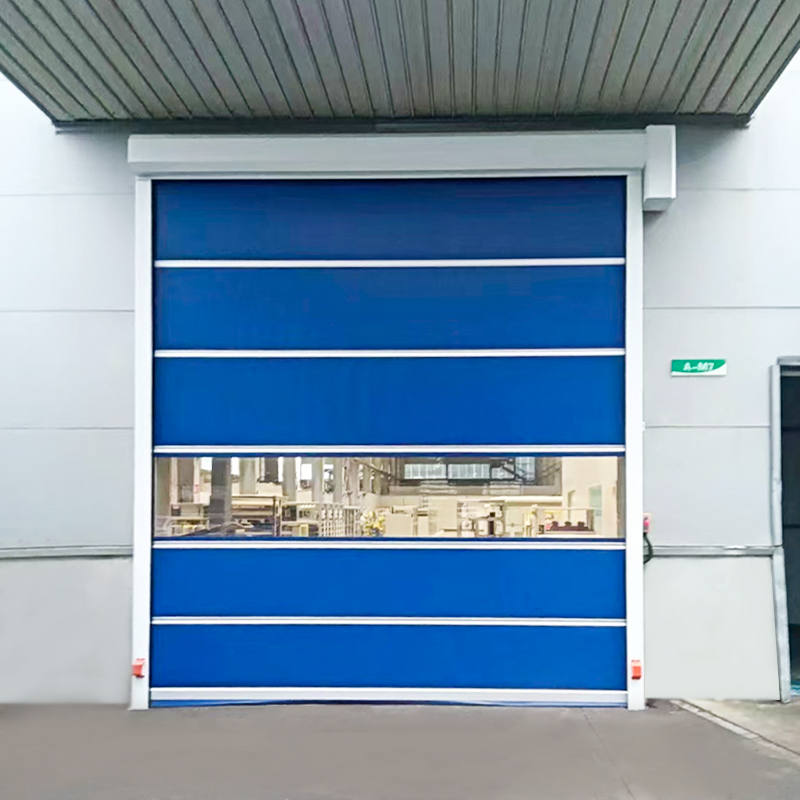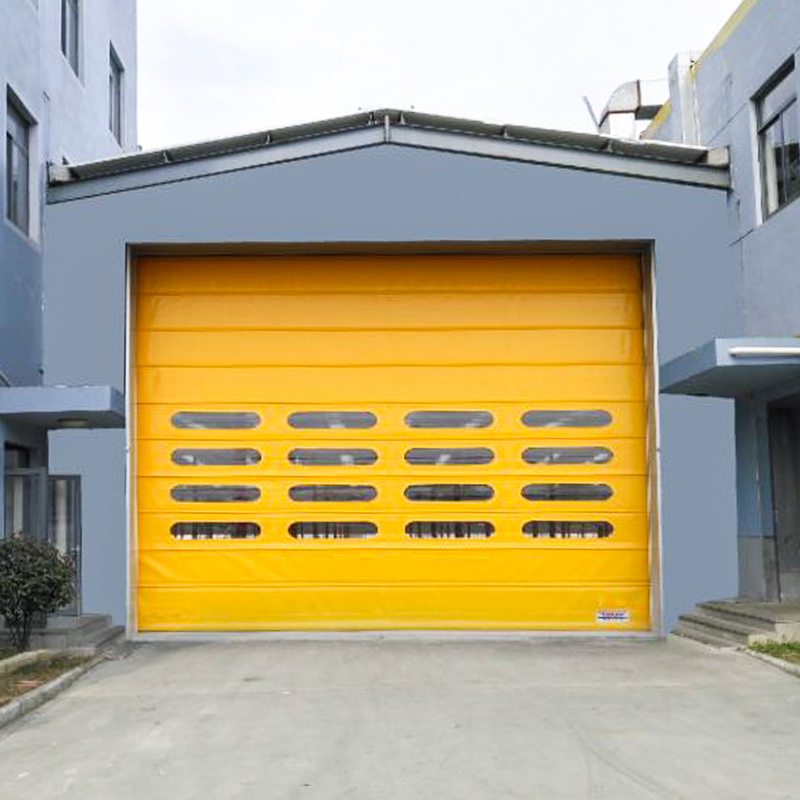Reinforced Structural Design and Load DistributionEOM Industrial Dock Levelers are engineered with...
EOD Industrial Dock Levelers are engineered to compensate for variations in truck bed height, which is a common challenge in high-volume industrial operations where different trucks arrive sequentially. Truck bed heights can vary due to manufacturer specifications, vehicle load weight, or tire pressure differences, potentially causing gaps or steep inclines between the dock and truck. The dock leveler’s adjustable platform allows the loading surface to align precisely with the truck bed, creating a smooth and level bridge. This eliminates the need for manual adjustments, shimming, or temporary ramps, which would otherwise slow down the workflow. By providing instant height alignment, material handling equipment such as forklifts and pallet jacks can enter and exit trucks quickly and safely, minimizing delays associated with height discrepancies and ensuring that operators can maintain a continuous pace of operations without interruptions.
The design of EOD Industrial Dock Levelers produces a continuous, level surface that connects the dock and truck bed seamlessly. This surface eliminates bumps, gaps, or uneven transitions that can impede the movement of forklifts, pallet jacks, or automated guided vehicles (AGVs). By providing a stable and uniform platform, the dock leveler allows operators to move goods at consistent speed, reducing handling time and preventing pauses that would occur if equipment needed to navigate irregular surfaces. In high-volume facilities, where multiple trucks may be loaded simultaneously, the continuous surface allows parallel operations, enabling several operators to work concurrently without interference, thereby improving overall throughput and reducing congestion at the dock.
EOD Industrial Dock Levelers are constructed to provide a rigid, stable support platform, capable of withstanding dynamic loads from heavy forklifts, stacked pallets, and other material handling equipment. The stability reduces the risk of tilting, shifting, or sudden movement, which can slow operations if operators have to adjust loads or reposition equipment. For high-volume operations where large pallets or unusually heavy shipments are common, stability allows operators to move items confidently at higher speeds without compromising safety. This feature not only accelerates the workflow but also prevents product damage and reduces the likelihood of workplace accidents, which can otherwise result in operational downtime.
Many EOD Industrial Dock Levelers are equipped with hydraulic or mechanical systems that allow for quick and precise deployment. Hydraulic controls enable the platform to be raised or lowered within seconds, eliminating the delays associated with manual or semi-manual ramps. Automated levelers allow staff to adjust the dock to the correct height immediately upon truck arrival, minimizing idle time while trucks are waiting to be loaded or unloaded. The speed and ease of operation ensure that warehouse staff can focus on material handling tasks rather than setup procedures. In high-throughput facilities, this rapid adjustment capability is a key factor in reducing overall turnaround time for each truck.
High-volume facilities operate on tight schedules, with trucks arriving in rapid succession. EOD Industrial Dock Levelers are designed to handle frequent, continuous use, allowing operators to transition smoothly from one truck to the next. The levelers’ ability to accommodate multiple truck types—including varying sizes and bed heights—ensures that there is no delay caused by incompatibility or the need for manual adjustments. This feature is critical for maintaining high throughput during peak periods, reducing bottlenecks, and ensuring that dock operations remain efficient even during intensive loading schedules.
By bridging the physical gap between the dock and truck, EOD Industrial Dock Levelers reduce the need for manual lifting, repositioning, or temporary ramp installation. This minimizes human intervention in tasks that would otherwise slow down the loading process. Fewer manual adjustments reduce operator fatigue and the potential for human error, which can cause delays if pallets are misaligned or equipment becomes stuck. For high-volume facilities, this translates into smoother workflow, faster processing of each truck, and improved worker productivity, all of which contribute to reduced loading and unloading times without compromising safety.

 English
English Español
Español Tiếng Việt
Tiếng Việt

